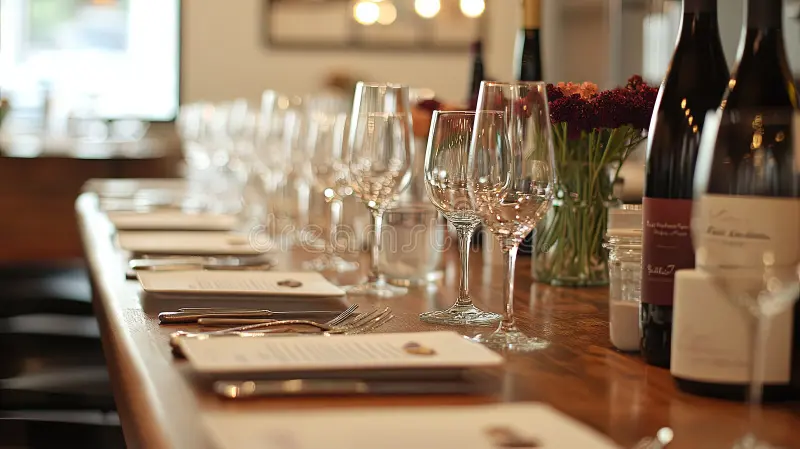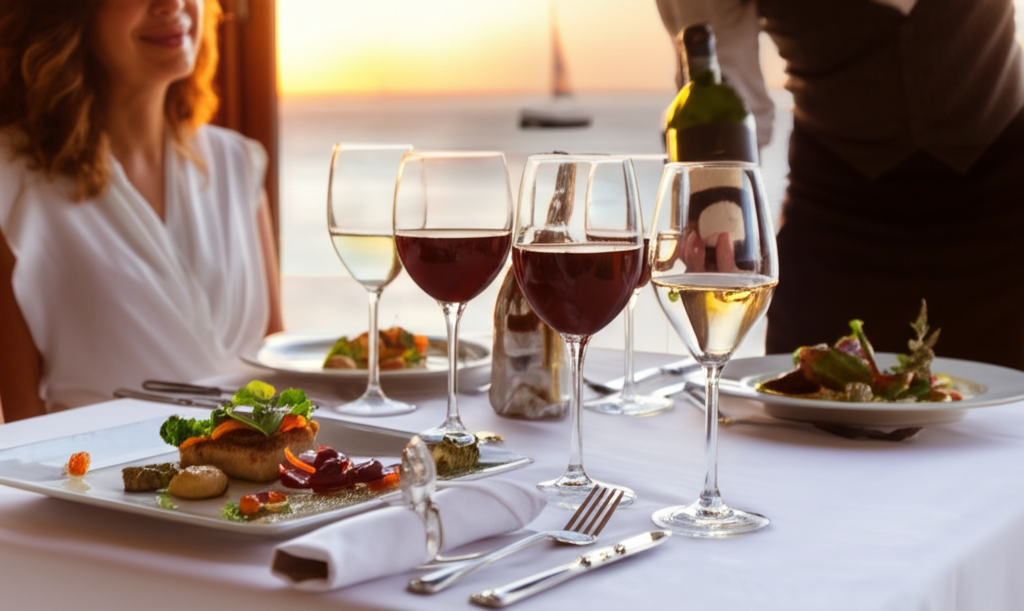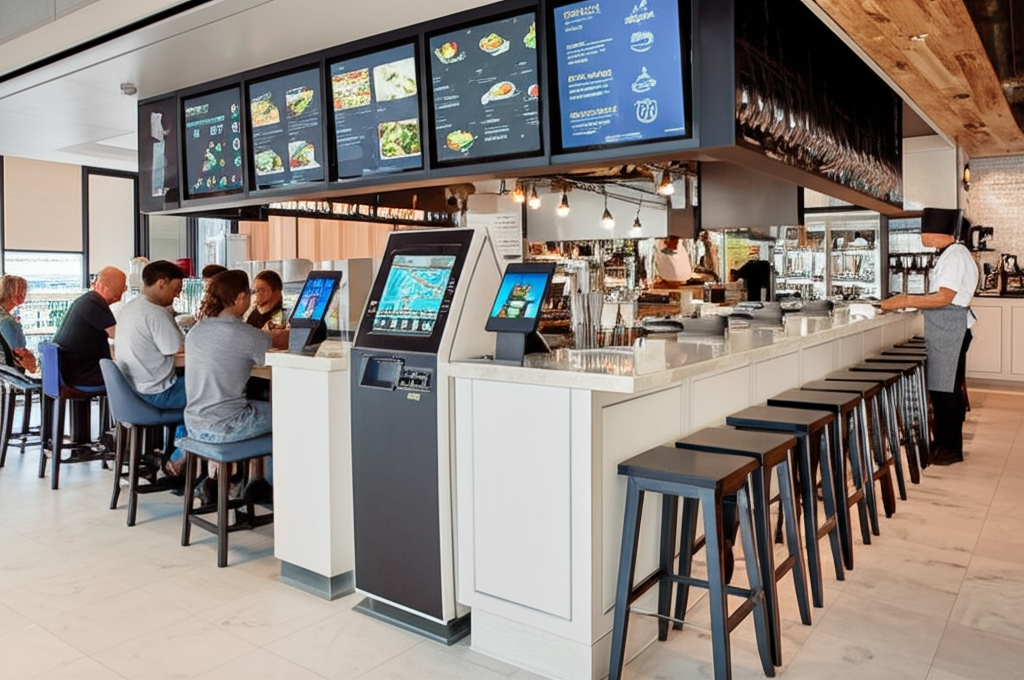Introduction: Removing Indecision from the Wine Experience
Your wine menu is more than just a list of bottles—it's a primary tool for shaping your guests' overall dining experience. One of the biggest barriers to selling more wine is the indecision many diners feel when confronted with too many unfamiliar options, presented as a separate choice from their meal.
By deliberately integrating wine into the dining journey—through thoughtful menu design, clear pairing suggestions, and approachable serving options—you can make wine feel like a natural part of the experience rather than an intimidating, isolated decision. In this article, we'll explore five design principles that remove indecision and help your guests confidently choose (and enjoy) the perfect wine.
The Psychology Behind Menu Design
Insights from menu engineering and consumer behavior reveal that guests often feel overwhelmed when making drink selections, especially if they don't consider themselves wine-savvy. The goal is to reduce hesitation and make it easy for guests to imagine how wine fits seamlessly into their meal.
Predictable Scanning Patterns
Diners typically scan a menu in an F-shaped or "Golden Triangle" pattern—starting top-left, moving right, then dropping down. Placing your top wine recommendations or special pairings in these "hot spots" helps direct attention toward profitable or signature bottles.
Make Pairings Directly on the Menu
Rather than leaving guests to guess which wine pairs best with their chosen dishes, include pairing suggestions or grouping wines by what they go best with (e.g., "Perfect with Our Grilled Ribeye" or "Enhances the Creaminess of Our Lobster Risotto"). This direct approach reduces confusion and positions wine as part of the meal, not an extra decision.
Visual & Typographic Cues
Use bold headings, tasteful icons, or small images to highlight certain wines or pairing recommendations. Good typography and layout encourage guests to explore options with confidence rather than skim past them.
Descriptive Language
Telling a story about each wine's flavor notes or its origin helps diners feel more assured about their choice. Terms like "silky tannins" or "bright citrus finish" spark curiosity and simplify decision-making.
Half-Glass Options
Offering half-pours (and highlighting them in your design) encourages diners to try a wine without the commitment of a full glass. This simple tweak both sparks exploration and reduces risk-aversion, leading to more sales.
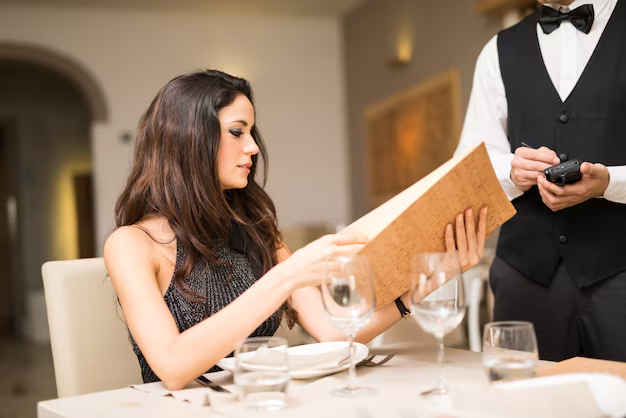
Expert Insight
"Helping guests see wine as part of the experience—rather than a daunting extra decision—drastically improves sales. Pairing notes right on the menu, half-glass options, and user-friendly descriptions remove any guesswork and make the meal more memorable."
According to Will, the key is weaving wine into the entire dining narrative so that guests feel guided every step of the way.
Principle 1: Strategic Organization
Why it matters: Guests rely on structure to guide their choices. If your menu is intuitively organized by flavor profile or paired with dishes, they'll find it easier to pick a wine that suits their palate—and the meal.
How to apply:
- Group by Food Pairings: Label sections like "Lighter Whites for Seafood," "Big Reds for Grilled Meats," or "Delicate Reds for Poultry & Pasta."
- Flavor Profile Sections: Descriptors such as "Bright & Crisp," "Fruity & Floral," or "Rich & Full-Bodied" help diners zero in on what they like.
- Highlight Crowd-Pleasers: Emphasize your most popular or approachable bottles for guests who just want a safe and tasty choice.
By organizing your list around how guests actually think about wine (e.g., "What tastes good with my meal?"), you reduce the mental effort required and encourage higher-margin selections.
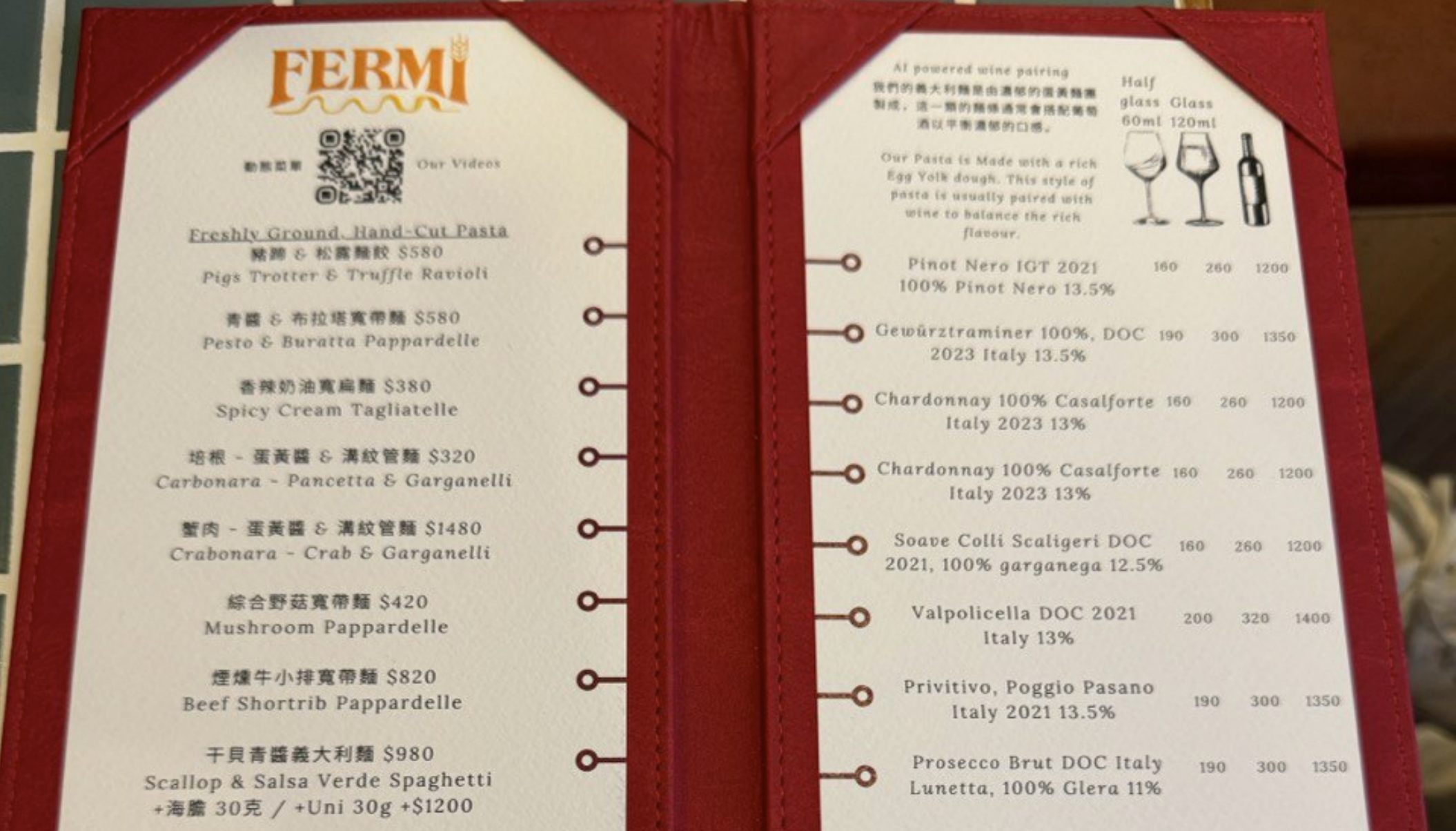
Principle 2: Compelling Descriptions
Why it works: Engaging, vivid language demystifies wine and helps guests envision the taste, aroma, or story behind each bottle—diminishing the fear of a "wrong" choice.
How to apply:
- Use Evocative Terms: Replace generic descriptors like "fruity" or "full-bodied" with "bursting with ripe blackberry" or "velvety finish of cocoa."
- Include a Backstory: Mention the vineyard's unique climate or the winemaker's philosophy. This can heighten perceived value and reduce hesitation.
- Highlight Food Pairings: Reinforce the "wine-as-part-of-the-meal" mindset by mentioning a dish or flavor style each wine complements.
Compelling descriptions do more than inform—they build excitement and confidence that guests are making an excellent choice.
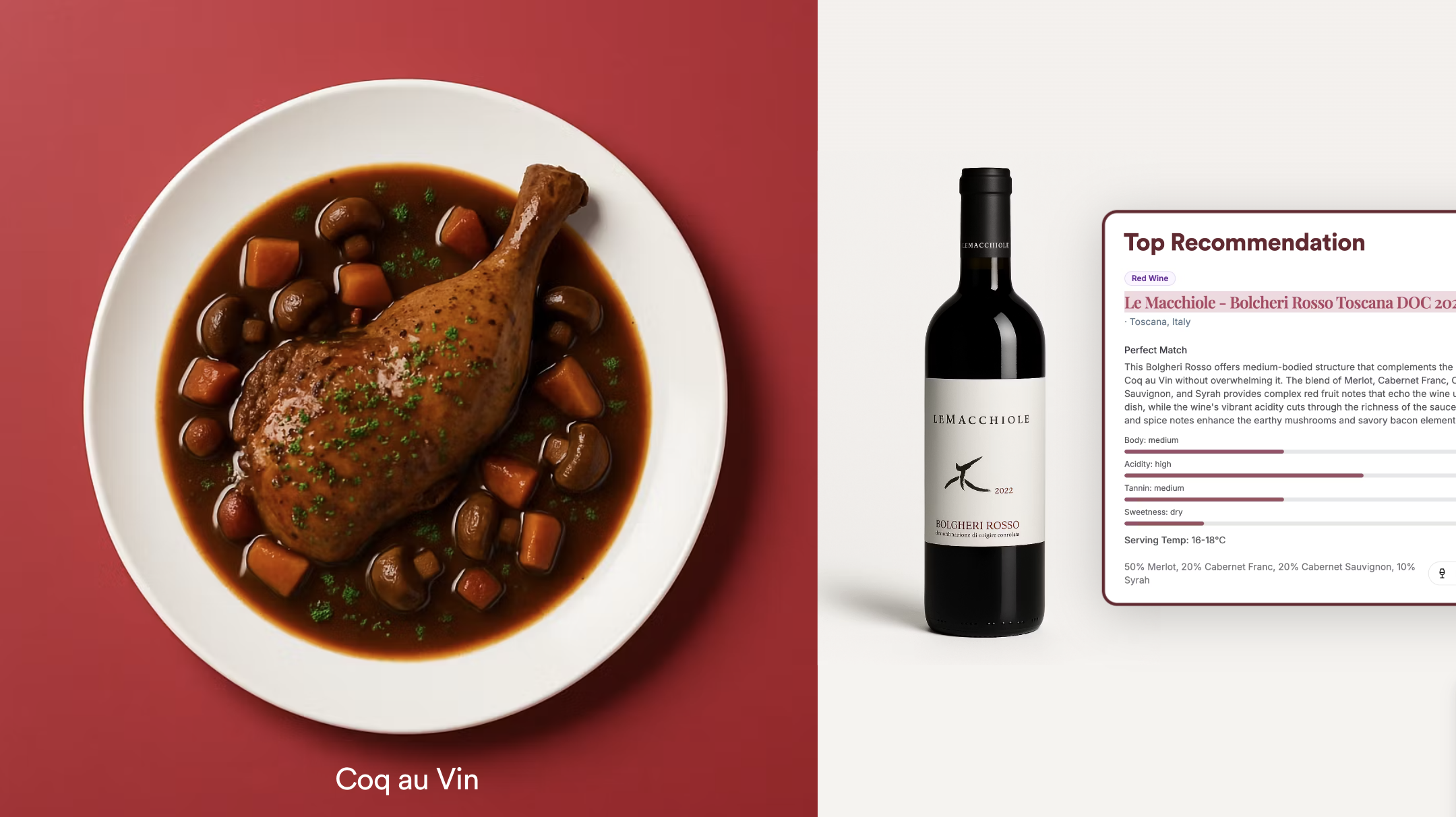
Principle 3: Add Half-Glass Options
Why it boosts orders: Offering half-glass pours lowers the stakes for those uncertain about committing to a full glass or bottle. It also encourages guests to try multiple wines throughout their meal, often leading to higher overall spend.
How to apply:
- List Half-Glass Prices Prominently: Position these alongside your full-glass or bottle pricing so guests see it as a standard option.
- Recommend Sampling: Suggest that diners mix and match half-pours with each course. This effectively removes indecision by saying, "Try it—if you love it, you can always get more!"
- Showcase Unique Bottles: For premium wines, a half-glass option can tempt guests who might not splurge on a full bottle.
Half-glass choices make wine more accessible, fostering a sense of exploration. Guests often end up buying more total wine than if they were restricted to a single glass or bottle.
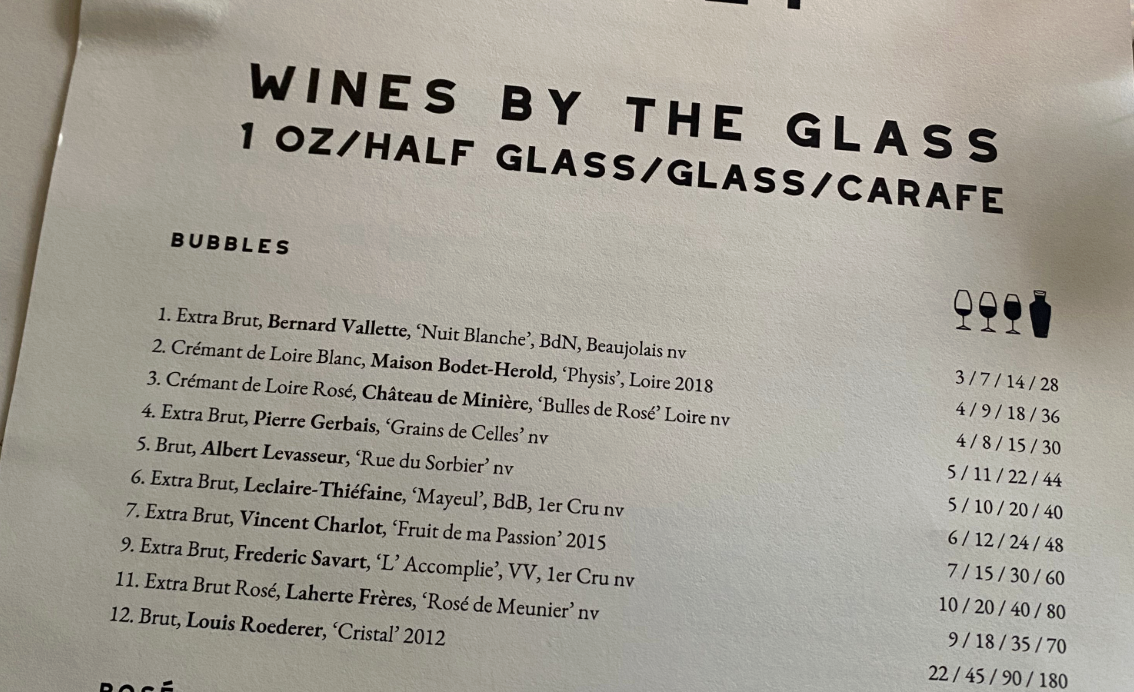
Principle 4: Visual Hierarchy and Emphasis
Why it reduces overwhelm: A clean, visually appealing menu helps guests digest information at a glance. When the layout is cluttered or the fonts are tiny, indecision spikes.
How to apply:
- Sections & Callouts: Use borders or shading to highlight recommended pairings or staff favorites.
- Thoughtful Typography: Larger headings for major categories, slightly smaller text for wine names, and concise notes for descriptions.
- Smart Use of White Space: Give each wine or pairing suggestion room to breathe so guests don't feel visually bombarded.
By drawing the eye to specific wines or helpful details, you gently guide guests to a confident, satisfying choice.
Principle 5: Regular Rotation and Seasonal Features
Why it keeps diners engaged: A static wine list can lead to habitual ordering and diminishing excitement. Introducing new bottles or pairing highlights each season encourages guests to experiment and keeps your menu fresh.
How to apply:
- Seasonal Pairings: Feature lighter, crisper wines in warmer months, richer reds in colder months, always tying them to current menu items.
- Limited-Time Offers: Showcase a special winemaker's selection for a short period. Scarcity can motivate faster decisions.
- Rotating Recommendations: Train staff to keep up with new pairings so they can confidently recommend them. A sense of novelty drives curiosity and repeat visits.
Consistent updates remind guests that your restaurant continuously curates an interesting wine experience, making each visit feel unique.
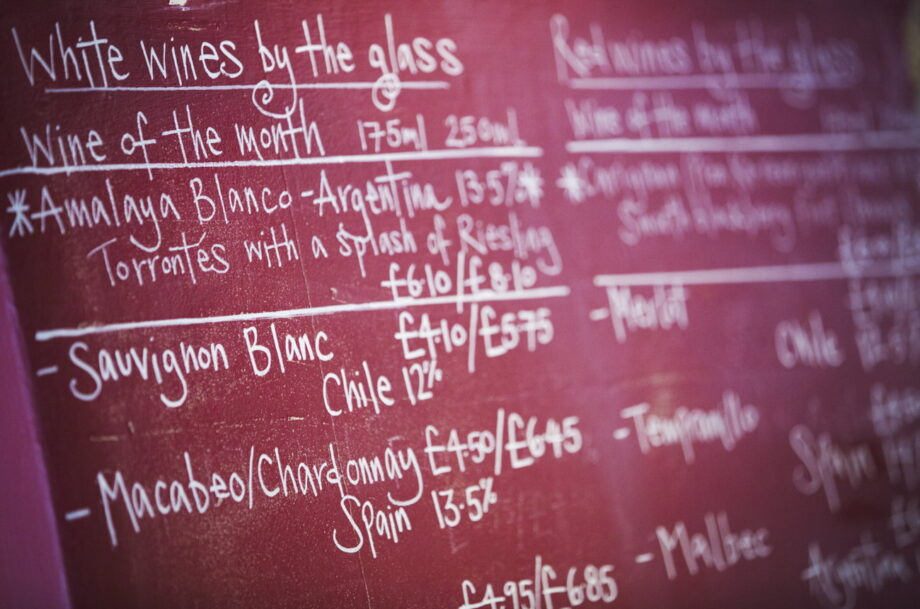
Conclusion: Rethink the Role of Your Wine Menu
Your wine menu shouldn't be an isolated add-on. By positioning wine as part of the overall meal—with clear pairings, half-glass options, and inviting descriptions—you remove the barriers of indecision and help guests see wine as an essential element of their dining experience. The result? More engaged diners, higher ticket averages, and a greater appreciation of what your restaurant has to offer.
Action Plan for a Seamless Wine Experience
- Audit Your Current Menu: Spot areas where you can clarify or integrate pairings.
- Incorporate Pairing Notes: List recommended wines alongside your main dishes or group wines by food compatibility.
- Introduce Half-Glasses: Encourage exploration, reduce "commitment fear," and boost overall sales.
- Refine Descriptions & Layout: Use sensory language, color coding, or icons to guide quick, confident decisions.
- Refresh Seasonally: Keep your lineup dynamic and relevant, prompting curiosity and return visits.
By leveraging these principles, you'll create a wine menu that truly complements your cuisine and elevates the guest experience—making wine part of the meal, not a separate dilemma.
Ready to grow your restaurant's wine revenue?
Discover how Sommly can help you increase wine sales, enhance guest satisfaction, and boost your bottom line with our expert-backed solutions.
Book a Demo

